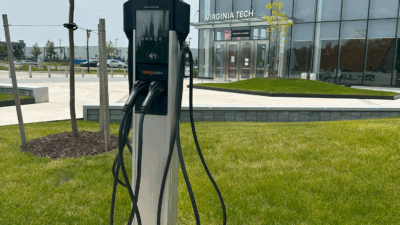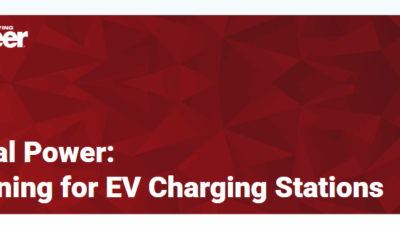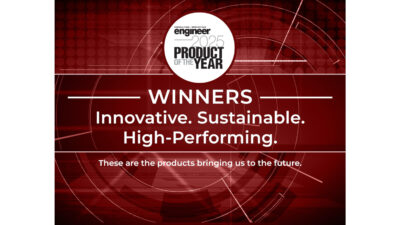This series of "Cut the Copper" blogs is in direct response to questions I’ve received from many young engineers on the staffs of various data center owners and their consulting engineering firms I’ve recently met.
You should know before we begin that I’m a highly opinionated old guy who’s been around the electrical industry for a very long time. What I’ll be writing will likely trigger controversy—the story will be light on theory, and heavy on practical experience. I expect to see agreement from about half the electrical industry, and strong disagreement and some hate mail from the other half. But, in any case, you might agree that the history is interesting, so let’s begin the story with some background.
Liquid-Filled Medium Voltage Distribution Transformers and “Loadcenters”
For the first 35 years of the U.S. electrical industry, everyone could see that the good old mineral oil filled distribution transformer was a wonderful apparatus—except when it failed catastrophically with a ruptured tank and a good supply of oxygen and an ignition source—in which case it became a lethal ball of hot, orange flames and dense black smoke. To be installed safely indoors, oil-filled transformers had to be placed only inside enclosed fireproof vaults.
That all changed in 1935 when Monsanto Chemical Co. acquired a small chemical company named Swann Chemical Co., who had developed a new electrical insulating fluid compound having the name “Askarel.” The liquid had all of the desirable properties of mineral oil for use as an insulating fluid in transformers, including high dielectric strength, good thermal conductivity, and low coefficient of expansion. But, beyond that, it was an inert, synthetic chemical product that could hardly be ignited under any circumstances—its chief benefit was that it was essentially non-flammable, in addition to possessing all the other good properties you’d want in a transformer insulating fluid.
Monsanto began to market the product to the electrical industry under the trade name Aroclor. The electrical industry giants back in the day, GE and Westinghouse, immediately recognized the potential of this new liquid, and began purchasing it for use in capacitors, transformers, lighting ballasts, and other products. GE marketed the product under the trade name Pyranol, and Westinghouse marketed the product under the trade name Inerteen. The new products containing those liquids were hugely successful and much appreciated in their respective markets.



